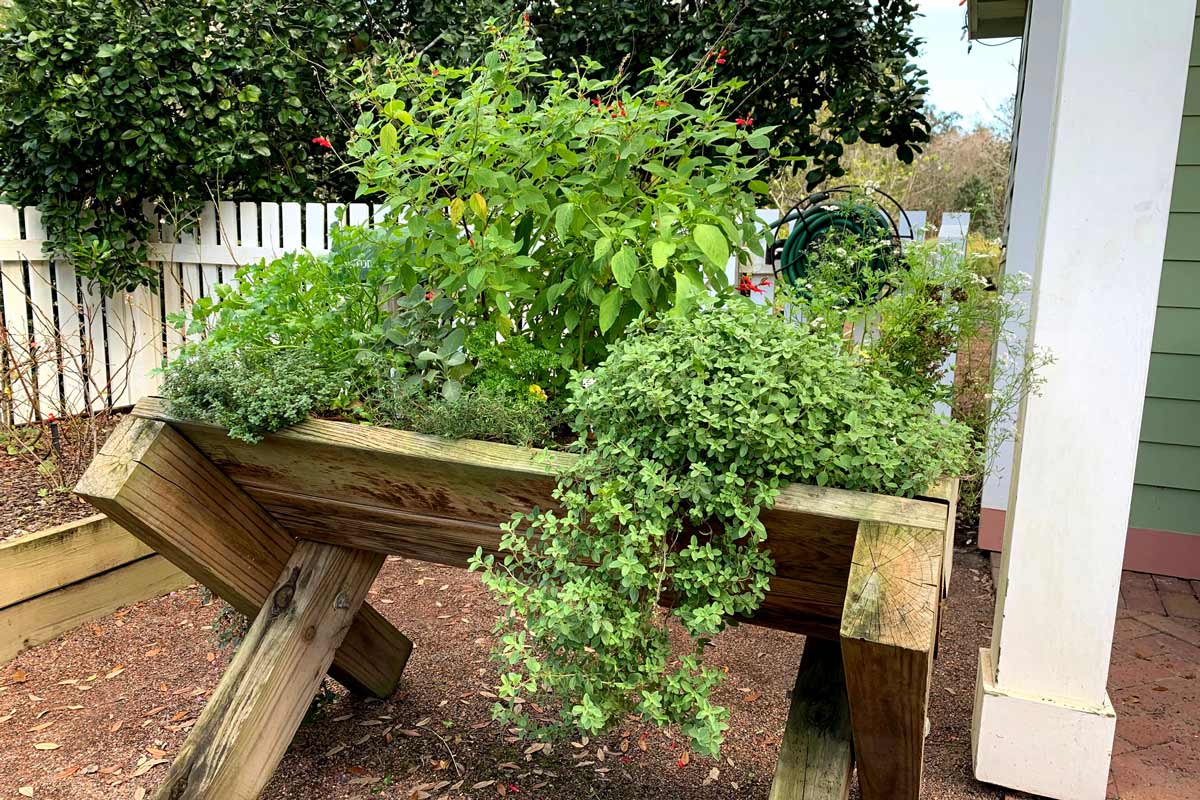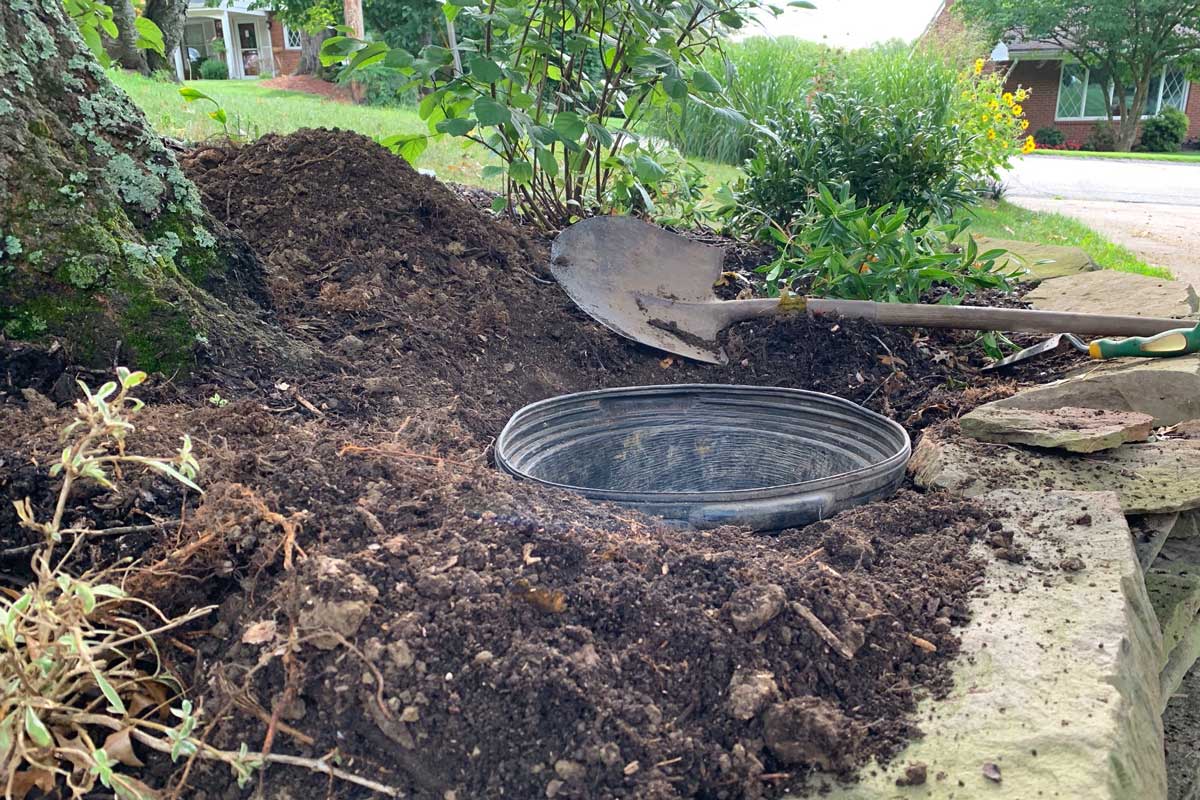6 Easy to Grow Veggies for First Time Gardeners
Thinking of starting a vegetable garden, this is your sign to go for it! Not sure what to plant to be successful? Read here to find 6 easy to grow veggies.
One of the first pointers in most every beginning-gardener guide is to "pick a sunny spot" when growing vegetables. The advice usually mentions six or more hours of direct sunlight per day as the minimum.
But what if you don’t have that much? What if your only plantable space is shaded by houses, fences, and/or trees? You might not win any big-tomato contests in those spots, but lack of a full-sun spot doesn't mean all hope of growing food is dashed. Many vegetables, herbs and fruits can tolerate some shade.
Not all vegetable crops need that six-hour, direct-sun minimum. A fair number of edibles do reasonably well with less. It’s mainly fruiting crops such as peppers, tomatoes, cucumbers, and eggplants that really worship the sun.
Most root crops are fairly efficient in just four or five hours of light. These include radishes, parsnips, beets, leeks, onions (especially scallions), shallots, turnips, rutabagas, and maybe even potatoes.
Part-day light also is often enough to grow asparagus, rhubarb, basil, beans, peas, celery, broccoli, cauliflower, cabbage, kohlrabi, carrots, and Brussels sprouts.
Some bush fruits produce in part shade as well, including blackberry, raspberry, chokeberry, gooseberry, currant, hardy kiwi, low-bush blueberry, and alpine strawberry.
If your light is too low to support even those, the best category is leafy crops that don’t need the solar energy that’s required to produce fruits. This category includes all of the lettuces (especially leaf lettuces) as well as endive, kale, chard, collards, mesclun, pak choi, mustard, arugula, spinach, and most herbs (chervil, chives, dill, tarragon, parsley and lovage, for example).

Growing in containers is a way to take advantage of pockets of sunlight. Photo by George Weigel
Besides selecting plants that tolerate lower-light, it’ll help to coax what light you do have to the maximum. A good starting point is to analyze exactly which spots get light when. Even slight shifts in garden placement can add an extra hour or two of sunlight – possibly the difference between a pepper that fruits and one that doesn’t.
In addition to observation and trials, a cheap light meter – available in garden catalogs and some garden centers – can help you zero in on candidate sites.
If you’re not sure what crops might work in a spot you’re considering, do a container trial. Before digging the ground or installing raised-bed boxes, try growing a few crops you like in pots in that site. If they get leggy or fail to produce, try another spot.
Growing in pots may be the answer itself. Crops in pots are portable enough to be moved, especially if you place them on casters or a wheeled platform. That lets you move the pots to capture what sun you can as the season’s light changes – or even as each day’s light changes if you’re determined, energetic, and time-blessed enough.
A third strategy is improving the light that’s reaching the ground under and near trees. This can be done by thinning tree canopies (i.e. removing selected branches) and “limbing up” (removing some of the tree’s lowest limbs) to let more light reach the garden.

Pots sunk in the ground are a way to isolate the small roots of young edibles from bigger, more aggressive tree roots. Photo by George Weigel
Sometimes, shade isn’t the main problem when trying to plant near trees. Tree roots can compete for moisture and nutrition with vegetables – and they usually win because they’re bigger and more established.
Three options to solve root issues:
One last light-booster is maximizing reflected light.
If you have a fence or wall behind the garden, paint it white or a light color. If you’re adding a backdrop, make it a light one.
Better yet, mulch the ground around your plants with a light reflective material. Aluminum foil is one homemade option that also gives weed control.
Or invest in a roll of plastic reflective mulch that’s made specifically for gardening. Lean toward white or silver colors in shade, but experiment with other colors that are available in many seed and garden catalogs. Red mulch, for example, has been found to boost the yield of tomatoes, while silver mulch also repels some insects.
Installing drip-irrigation or soaker hoses underneath the sheets of mulch helps keep the vegetable roots damp since the sheets will block most rain.